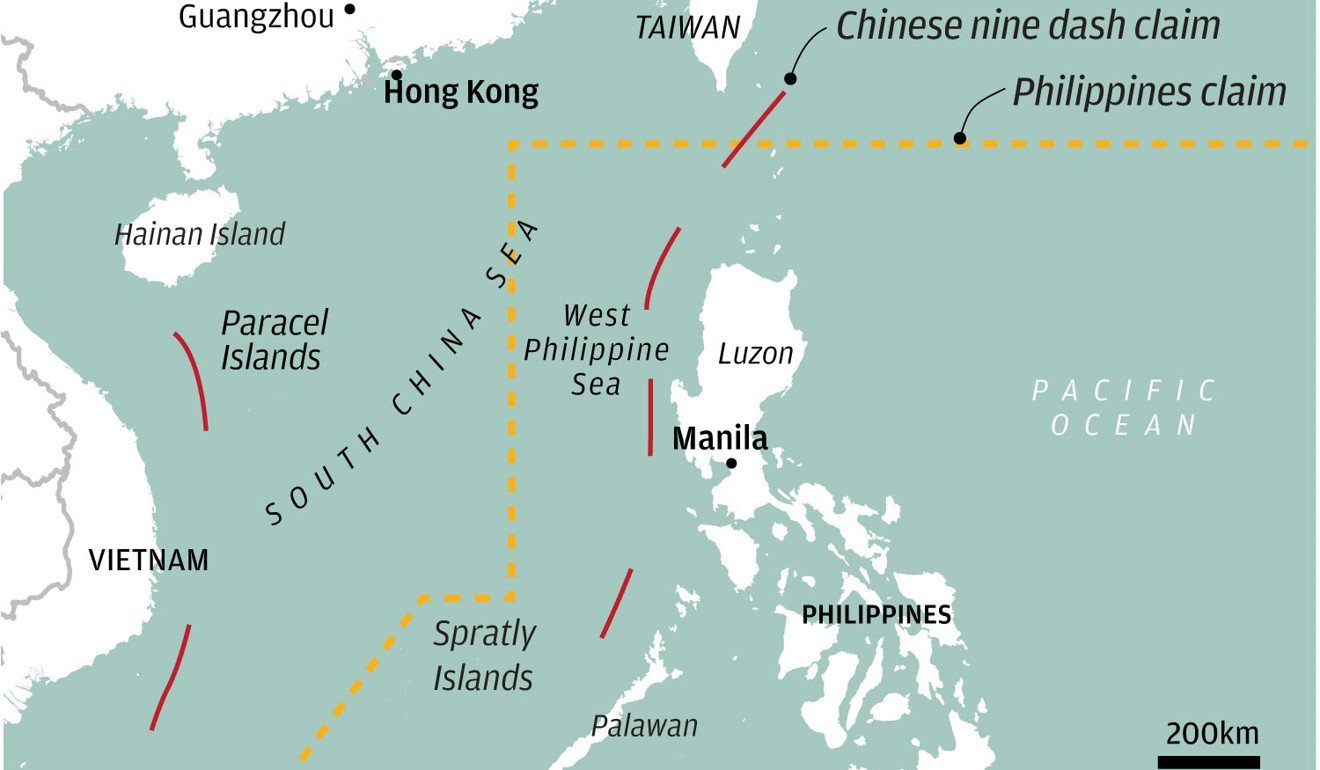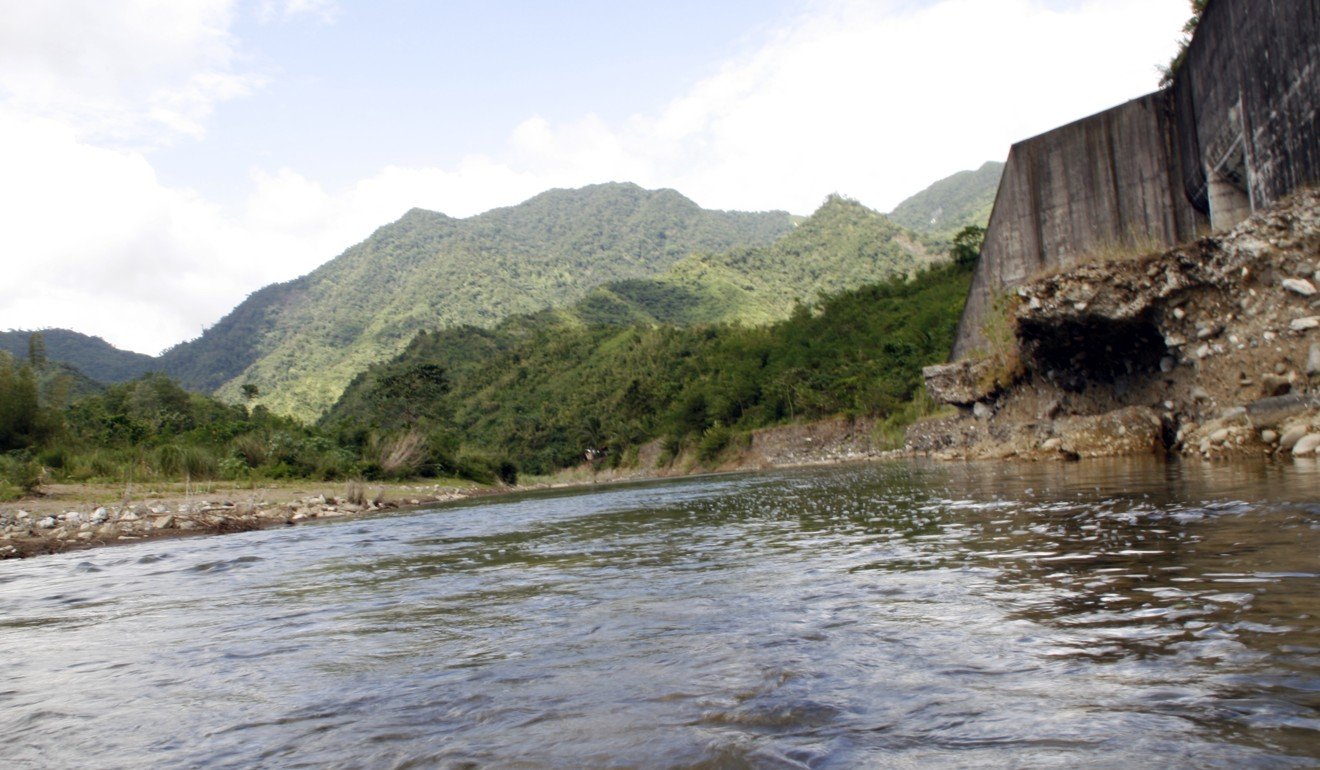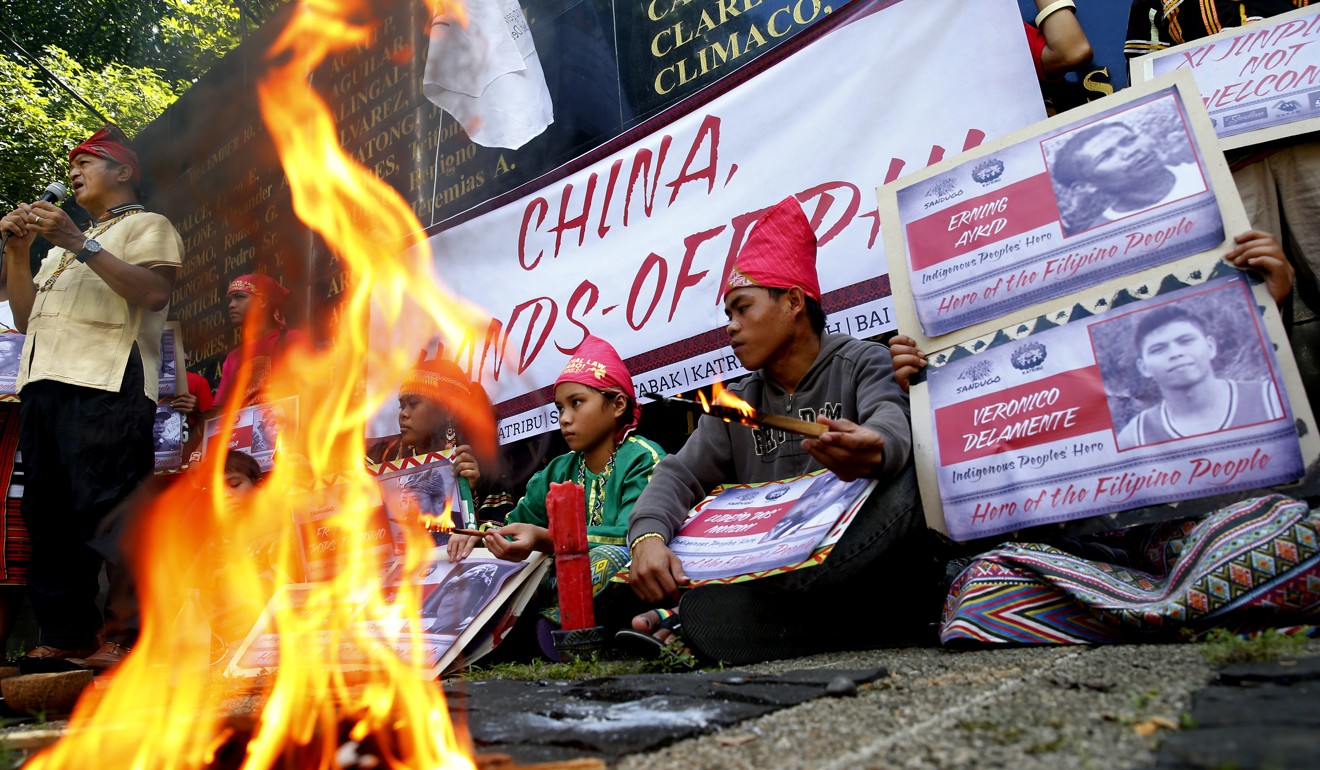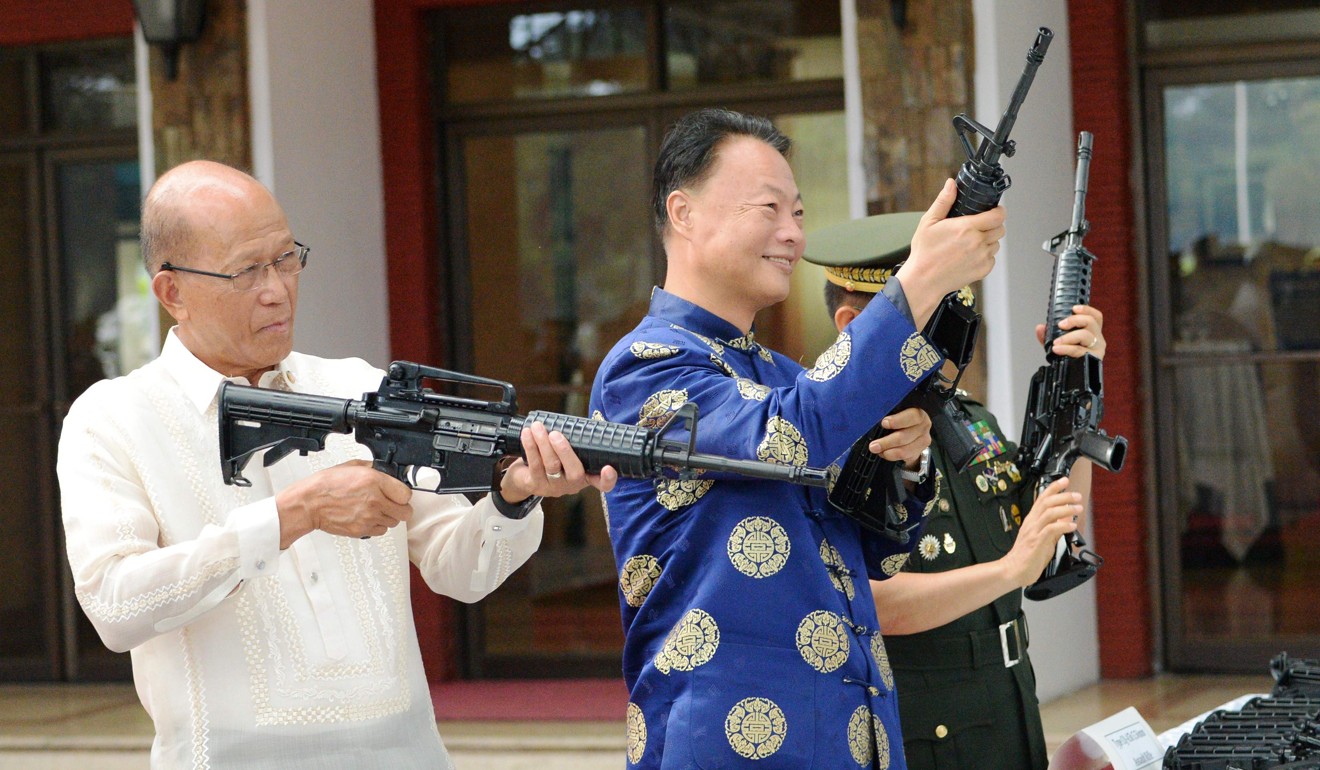
From South China Sea deals to loosening ties with the US: five things to look out for on Xi Jinping’s visit to the Philippines
- Chinese president’s visit could clear the way for new deals on offshore exploration for oil and gas and a controversial new dam project
- Trip comes amid Rodrigo Duterte’s ongoing efforts to pivot away from Washington and move closer to Beijing
Chinese President Xi Jinping’s two-day state visit to the Philippines starts on Tuesday as relations continue to thaw following years of tensions over the two countries’ competing claims to the South China Sea.
It is the first visit by China’s head of state in 13 years, and comes with usual trappings – a welcome ceremony, a state banquet and a number of agreements to be signed.
The trip is also the final leg of Xi’s diplomatic tour of the Pacific, as part of a drive to expand Chinese influence.
Here are the five things to look out for.

1 Joint Exploration Deal
Efforts to reach a deal on the joint oil and gas exploration of the South China Sea are at the heart of the renewed cooperation between the two sides.
In January, the Philippines identified two areas to be searched for oil and gas, and the following month the two sides set up a special panel to work out how to how to explore disputed areas both sides claim.
Duterte’s stance is in sharp contrast to that of the previous government, which took the territorial dispute to an international tribunal and secured a ruling in its favour.
Philippines prepares red carpet for Xi, but not everyone is happy
There are also legal hurdles to overcome, with Philippine law banning foreign companies prospecting for resources in waters the country claims, as well as considerable domestic opposition.
Fishing groups worried that the deal will undermine the Philippine claim to the South China Sea are planning to protest during Xi’s visit, using the slogan “China, out of the Philippine waters!”
A deal would also be significant for China, since it would provide a model for any future cooperation with other South China Sea claimants such as Vietnam.

2 Dam project
China has been funding irrigation schemes in the Philippines under its Belt and Road Initiative since Duterte’s accession in 2016 ushered in a more Beijing-friendly stance.
This month they expected to sign the loan agreement for the Kaliwa Dam in Quezon province, which is designed to address the risk of future water shortages in the Metro Manila area.
But many people inside the Philippines oppose this project, some on environmental grounds while others fear it will lead the country to take on debts it will struggle to repay – a common criticism of the Belt and Road Initiative.

3 Arms supplies
Last October, China donated US$22 million worth of guns and ammunition to the Philippine National Police. The weapons – some of which will be used to fight terrorism – include 3,000 M4 rifles, 3 million rounds of assorted ammunition, and 30 sniper scopes.
Observers are watching whether Xi’s trip will result in more arms deals.
Such a move could help to draw Manila further away from Washington. In 2016, the US blocked the sale of 26,000 M4 rifles in 2016 over concerns about the country’s crackdown on drugs, which has prompted widespread accusations of extrajudicial killing.

4 Coastguard
Fishing crews from the Philippines have frequently complained about the activities of China’s coastguard, and Xi’s visit may help pave the way for a change in their stance.
The role of the coastguard in protecting China’s interests in the South China Sea has prompted protests by Duterte and accusations from a US congressional committee that they are being used as a “tool of coercion”.
In May, coastguards intercepted a group of Filipino fishermen operating off the Scarborough Shoal, which is currently under Chinese control, and seized their catch.
After protests from Manila that the practice was unacceptable, an agreement has been secured to allow Filipinos to carry on fishing there, but it remains to be seen how the coastguard will act in future.
US carriers in Philippine Sea warfare drills for ‘free, open Indo-Pacific’
5 The United States
If the two sides do sign any strategic agreements, they must be considered in light of the Philippines’ long-standing relationship with the US.
However, since he came to power in 2016, Duterte has been trying to pivot away from the country’s reliance on America – which in turn gives China an opportunity to expand its own sphere of influence.
In 2016, the Philippine leader vented his anger at American criticism of his deadly anti-drug crackdown, hurling insults at the former US president Barack Obama and saying “bye-bye America.”
More materially, the following year he cancelled the annual joint military exercise with the US military in the South China Sea.

